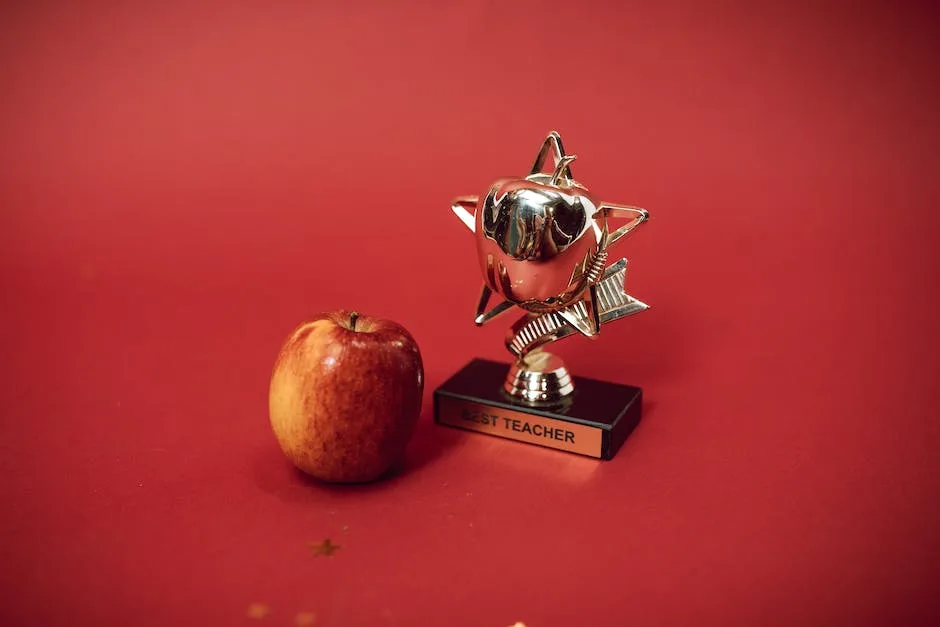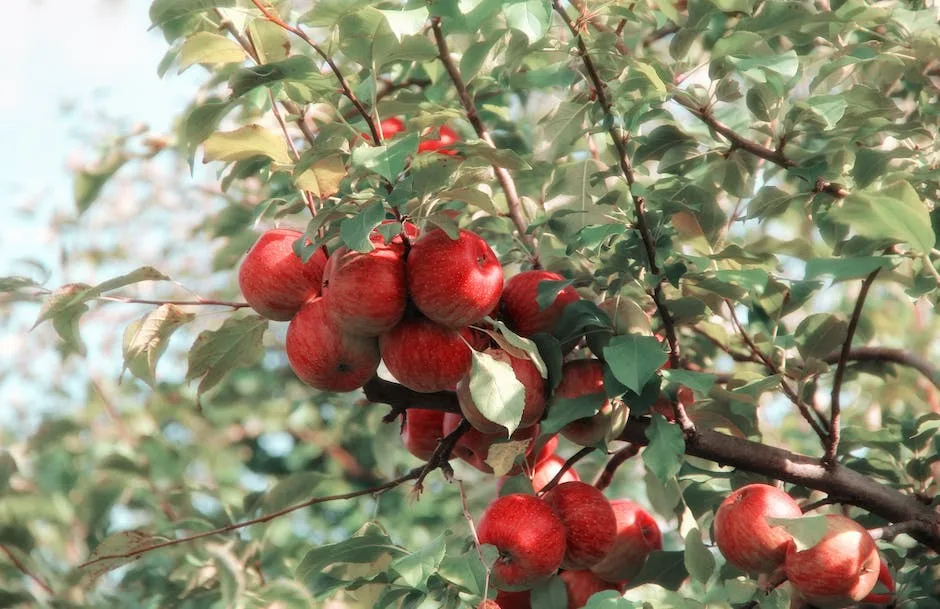There are many types of climates that can be suitable for apple trees. The best climate for apple trees is typically a humid continental climate with cool winters and warm summers. This kind of climate is found in eastern North America and parts of Europe.
The climate that is best for apple trees is a climate with moderate temperatures and adequate rainfall.
Where do apple trees grow best?
Apple trees thrive when growing in a location that receives full sun and has a well-drained, fertile soil. Full sun translates to at least six- to eight-hours of sunlight during the growing season.Apple trees need at least 1 inch of rain per week during the growing season to produce a good crop. When selecting a site to plant your apple tree, make sure it is in an area that receives full sun and has well-drained soil.
Apple trees grow best in temperate zones that have winters on the milder side, but some varieties are hardy enough for zone 3, and other heat tolerant offerings will fare well up to zone 9, where there are enough chill hours for the tree to go into dormancy.
Can apple trees grow in warm climates
It is possible to grow apples in hot climates like zone 8, although the variety is considerably more limited than it is in cooler areas. In order to set fruit, apple trees need a certain number of “chill hours,” or hours during which the temperature is below 45 F (7 C).
It takes approximately 6-10 years for an apple tree to reach maturity and produce fruit. However, trees on semi-dwarf rootstock will typically produce fruit in 4-5 years from planting, and dwarf trees will bear fruit in 2-3 years from planting.
What is the easiest apple tree to grow?
Fuji apples are a great choice for a backyard apple tree! They are easy to grow and produce sizeable fruit that is sweet and juicy with a crisp bite. Although Fuji apples brown easily, they have a long shelf life compared to other varieties.
Apple trees need a lot of water to stay healthy and produce fruit. They generally need about an inch of rainfall every seven to ten days, or water when the top eight to ten inches of soil are dry. Without enough water, apple trees will start to stress and may eventually die.
What conditions does an apple tree need to grow?
If you’re looking to plant an apple tree, be sure to choose a spot that gets plenty of sunlight. They like lots of sunlight hours, especially as fruit is developing, but dislike intense heat. Apples have a mild degree of wind tolerance, but will always perform better if sheltered from strong or drying winds. They’ll only do well in coastal areas if they have good shelter.
Apple trees tolerate cold temperatures as low as minus 30°F and prefer areas with temperatures under 90°F. That said, apple trees need a certain number of chill hours to produce fruit, so they won’t do well in constant hot weather. It’s best to grow apple trees in temperatures between 32° to 45°F.
Do apple trees like more sun
To grow apple trees, you will need a sunny spot in your yard that gets at least 6 hours of direct sunlight each day. The soil should be well-drained but also able to retain moisture. A light- to medium-textured soil is ideal. Once you have the perfect spot picked out, you are ready to plant your apple tree!
When planting fruit trees, it’s important to choose a sunny spot. This will ensure that the tree gets enough sunlight to grow and produce fruit. If you can’t find a sunny spot, part shade during the early morning and late afternoon is acceptable, as long as the tree gets sunlight during the rest of the day.
What zone does Honeycrisp apple grow in?
The Honeycrisp apple tree does best in cold hardy zones 3 and 4, which have average annual minimum temperatures of -40 to -20 degrees Fahrenheit. However, the plants can still survive and grow in zones 6 and 7, which have warmer climates.
Apples are a self-unfruitful plant, meaning that they needs cross-pollination from another variety of apple tree in order to set fruit. Plant at least two different apple tree varieties within 50 feet of one another to ensure a good fruit set. Some apple varieties, such as Golden Delicious, will produce a crop without cross-pollination from a second variety.
Can a single apple tree bear fruit
While one tree may be enough to set some fruit, the vast majority of apple trees require a different variety grown nearby for pollination. While some apple varieties are self-pollinating, even they produce more fruit with another variety nearby. Therefore, if you want to ensure a bountiful harvest, it is best to have at least two different varieties of apple trees growing in close proximity to each other.
Apple trees should be planted in spring in cold northern climates, and in early spring or late fall in areas where winter is less severe. Remove weeds and grass in a 4-foot circle and dig a hole about 2 feet deep and twice the diameter of the root ball of the tree.
What is the hardiest apple tree?
The Sundance apple tree is a variety of apple tree that is known for being resistant to scab and producing apples with a rich, pineapple/lemon flavor. The apples produced by the Sundance tree are large and crispy, and they can be stored for up to seven months. The Sundance tree is hardy in zones 5-9 and is very resistant to scab.
If you’re looking for a sweet apple, the Fuji is a great option. With sugar levels averaging 15-18, it’s sure to satisfy your sweet tooth.
What makes apple trees grow faster
Without consistent maintenance and care, your apple tree will not grow as quickly or as abundantly as it could. Make sure to water your tree on a regular basis, and fertilize it according to the instructions provided. By doing so, you will be rewarded with a healthy, vibrant apple tree that will provide you with years of enjoyment.
Fruit trees are high-maintenance. Apples, cherries and peaches (like most fruit trees) are susceptible to a wide variety of insect and disease pests and it is seldom possible to eradicate them.
Do apple trees need a lot of fertilizer
Apple trees require a high-nitrogen environment in order to thrive. If you have mature trees growing in soil that needs little to no correction, then a 20-10-10 fertilizer is a great supplement. This fertilizer will help maintain the optimal nutrient balance of around 2:1:1 to support healthy growth.
If you’re struggling with keeping your lawn green during a drought, don’t worry. You can still keep it healthy by watering it every 7-10 days, or even every two weeks. Just be careful not to overdo it, as too much water can actually drown the roots and do more harm than good.
How many years does it take to plant an apple tree
It is important to be patient when growing an apple tree from seed. It will take many years – between 7 and 10 – before you will be able to tell if your tree will produce good fruit. In the meantime, be sure to provide it with plenty of water and sunlight.
Growing apple trees can be a difficult endeavor, as there are many potential problems that can arise. For example, homegrown apples can sometimes be wormy, bitter and unappealing. Additionally, apple trees can be quite sensitive and easily succumb to pests and diseases. However, despite all of these potential challenges, many people still choose to grow apple trees because of the delicious fruit that they produce.
Which fruit tree is easiest to grow
Asian pear trees are the perfect fruit trees for beginners. They are easy to take care of and produce a lot of fruit with little extra effort. If you are looking for an easy fruit tree to grow on your own, an Asian pear tree is a great option.
Apples are sensitive to cold temperatures and can be damaged if exposed to temperatures below 28 degrees for too long. A brief dip below 28 degrees may just weaken the apples enough to decrease their shelf life.
Warp Up
The best climate for apple trees is a humid continental climate with mild winters and cool summers.
There are a few key things to consider when growing apple trees including climate, soil type, and topography. While there are about 7,500 types of apple trees, the two main categories are refreshers and keepers. refreshers grow best in cold climates with long winters and cool summers while keepers prefer warmer climates.
Soil type is also important for apple trees. Trees need deep, well-drained soil with a pH between 6.0 and 7.0. Topography is the third key factor to consider. Apple trees need full sun and good air circulation to prevent fungal diseases.
Based on these three key factors, it is clear that apple trees need a cold climate with well-drained soil and full sun to thrive.
I’ve always been drawn to trees.
As a kid, I spent most of my free time outside, climbing, exploring, and trying to figure out the names of the trees around me.
That early curiosity eventually led me to study arboriculture and horticulture at Michigan State.
Later, I completed a degree in forestry at the University of Michigan.
I’ve been working in tree care and education ever since.
These days, I enjoy helping people learn more about the trees in their own backyards.
How they grow, how to care for them, and why they matter.
You don’t need to be an expert to appreciate trees.
A little curiosity goes a long way.
